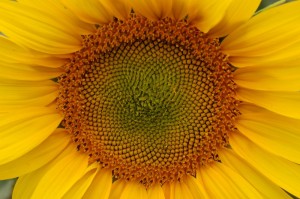
The Fibonacci numbers are of importance in nature. So many aspects of this mathematical series are found in nature, that it seems impossible it is mere coincidence.
The series is of decided important to both mathematicians and scientists as well. By way of simple definition, a sequence or series of Fibonacci numbers has its first two values, zero and one. Thereafter, the value of each number equals the sum of the previous two numbers.
Fibonacci Numbers: It All Boils Down
The sequence or series of numbers runs 0, 1, 1, 2, 3, 5, 8…, since 0 + 1 = 1, then 1 + 1 = 2, then 1 + 2 =3, then 2 + 3 = 5, and so on.
This can be expressed in equation form as
Fn = Fn-1 + Fn-2
Don’t see how this works? Consider an example. Take the value of n to be seven, i.e., n = 7. Then the equation becomes
F7 = F6 + F5
Now F6 is the sixth Fibonacci number. Counting them off, we see
- F0 = 0
- F1 = 1
- F2 = 1
- F3 = 2
- F4 = 3
- F5 = 5
- F6 = 8
Then what is n = 7, which so far we have not listed or mentioned? Using our equation
F7 = F6 + F5 = 8 + 5 = 13
The series is an “infinite series,” as the numbers never stop—we can continue increasing n, and hence, Fn, indefinitely.
We mentioned above that the Fibonacci series is important in nature. They are also beautiful in their manifestations therein. We will discuss that in
References:
